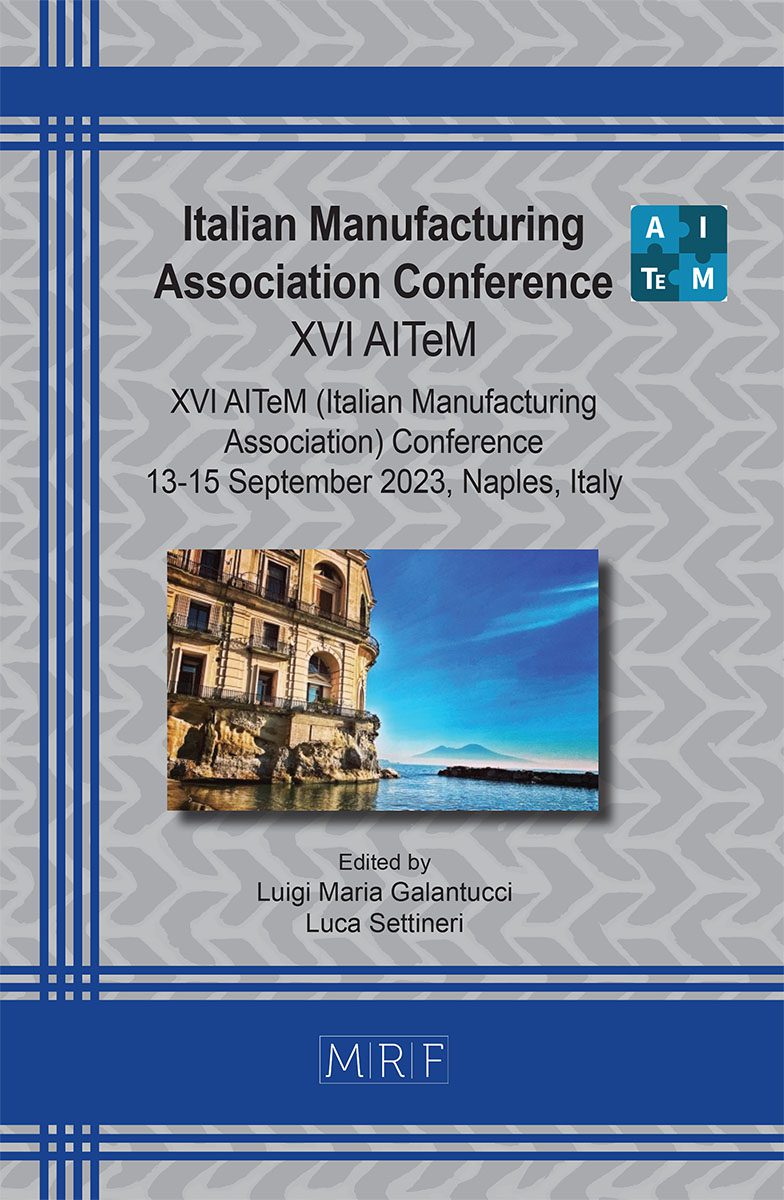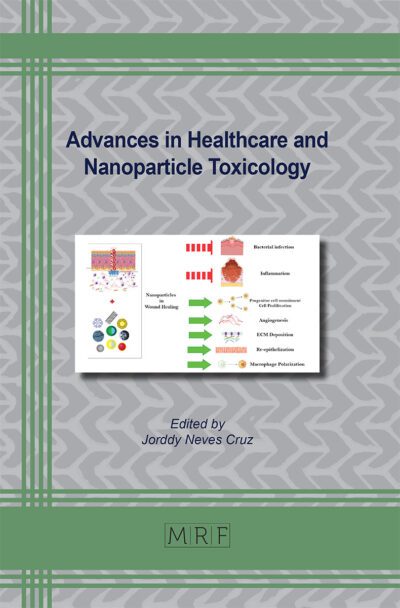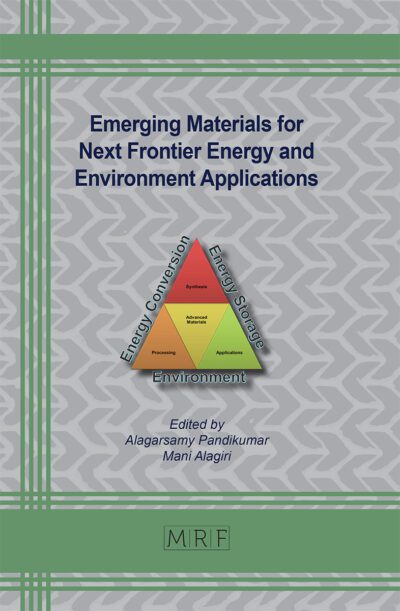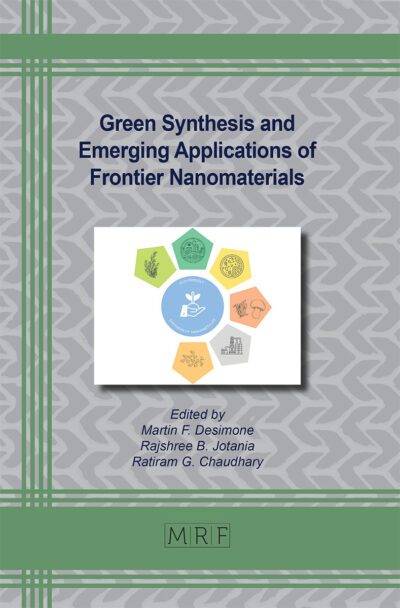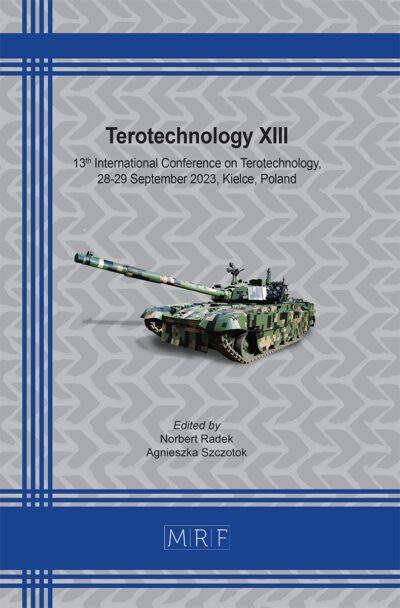Effect of sub-zero deformation temperatures and rolling directions on the formability of AISI 316 stainless steel sheets
Rachele Bertolini, Enrico Simonetto, Andrea Ghiotti, Stefania Bruschi
download PDFAbstract. Sheet forming carried out at sub-zero temperatures is gaining more and more interest for deforming metal sheets as it can represent an alternative to room temperature forming to increase the sheet metal formability and to high-temperature forming to avoid the need for subsequent heat treatments aimed at restoring the alloy microstructural characteristics. In this framework, the present work deals with mechanical testing of AISI 316 stainless steel sheets in a wide range of temperatures, namely from -100°C to 700°C, and rolling directions. After mechanical testing, the strain at ultimate tensile strength, identified as an indicator of steel formability, was measured at varying process conditions. Then, the samples were analyzed in terms of microstructural features, micro-hardness, and martensite formation. The obtained results showed that deforming at -50°C induced a substantial increase in formability preserving the hardness, compared to testing at higher temperatures.
Keywords
Stainless Steel, Tensile Strength, Cryogenic Forming
Published online 9/5/2023, 8 pages
Copyright © 2023 by the author(s)
Published under license by Materials Research Forum LLC., Millersville PA, USA
Citation: Rachele Bertolini, Enrico Simonetto, Andrea Ghiotti, Stefania Bruschi, Effect of sub-zero deformation temperatures and rolling directions on the formability of AISI 316 stainless steel sheets, Materials Research Proceedings, Vol. 35, pp 318-325, 2023
DOI: https://doi.org/10.21741/9781644902714-38
The article was published as article 38 of the book Italian Manufacturing Association Conference
![]() Content from this work may be used under the terms of the Creative Commons Attribution 3.0 license. Any further distribution of this work must maintain attribution to the author(s) and the title of the work, journal citation and DOI.
Content from this work may be used under the terms of the Creative Commons Attribution 3.0 license. Any further distribution of this work must maintain attribution to the author(s) and the title of the work, journal citation and DOI.
References
[1] H. Takuda, K. Mori, T. Masachika, E. Yamazaki, Y. Watanabe, Finite element analysis of the formability of an austenitic stainless steel sheet in warm deep drawing. J. Mat. Proc. Tech. 143-144 (2003) 242-248. https://doi.org/10.1016/S0924-0136(03)00348-0
[2] E. Simonetto, R. Bertolini, A. Ghiotti, S. Bruschi, Mechanical and microstructural behaviour of AA7075 aluminium alloy for sub-zero temperature sheet stamping process. Int. J. Mech. Sci. 187 (2020) 105919. https://doi.org/10.1016/j.ijmecsci.2020.105919
[3] W. Liu, H. Hao, Damage and fracture prediction of 7075 high-strength aluminum alloy during cryogenic stamping process. Mech. Mater. 163 (2021) 104080. https://doi.org/10.1016/j.mechmat.2021.104080
[4] S.M. Hussaini, S.K. Singh, A.K. Gupta, Formability and fracture studies of austenitic stainless steel 316 at different temperatures. J King Saud Univ-Eng Sci 26(2) (2014)184-190. https://doi.org/10.1016/j.jksues.2013.05.001
[5] J. Aegerter, H.J. Kühn, H. Frenz, C. Weißmüller. EN ISO 6892-1: 2009 tensile testing: Initial experience from the practical implementation of the new standard. Materials Testing (2011) https://doi.org/10.3139/120.110269
[6] ASTM E 112-96 Standard Test Methods for Determining Average Grain Size.
[7] K. Couturier, S. Sgobba, Phase stability of high manganese austenitic steels for cryogenic applications (No. CERN-EST-2000-006-SM) (2000).
[8] G.M. Karthi, E.S. Kim, P. Sathiyamoorthi, A. Zargaran, S.G. Jeong, R. Xiong, H.S. Kim, Delayed deformation-induced martensite transformation and enhanced cryogenic tensile properties in laser additive manufactured 316L austenitic stainless steel. Additive Manufacturing, 47 (2021) 102314. https://doi.org/10.1016/j.addma.2021.102314
[9] X. Li, Z. Wei, X. Wang, L. Yang, X. Hao, M. Wang, J. Guo, Effect of cryogenic temperatures on the mechanical behavior and deformation mechanism of AISI 316H stainless steel. J. Mater. Res. Technol. 22 (2023) 3375-86. https://doi.org/10.1016/j.jmrt.2022.12.190

